Yes, I can blame cloud cover, but I did miss a few meteor showers because of disorganization, or falling asleep and not setting an alarm. I’m determined to rectify this situation. I saw a few meteors but not many. I am determined to see more meteors in 2020. As I was marking my calendar, I thought maybe you’d be interested, too! I’ve consolidated information about the more reliable meteor showers in a blog post.
If you want, go ahead and scroll to the bottom for a quick list view!

Louie likes taping podcasts, however, he’s less than enthusiastic about going outside in the dark……
Before I go any further, what is the difference between a comet and a meteor? Good question!
Meteors are what create a ‘shooting star,’ leaving lovely streaks of light in the sky. (meteor shower, anyone?) But meteors are not stars: they are only pieces of rock, floating in space. They burn up if they happen to enter the earth’s atmosphere.
If the meteor rock is large, it may not vaporize completely. If it survives its journey through the Earth’s atmosphere, they look just like rocks on the Earth’s surface. Those rocks are called meteorites. Scientists can tell because of the rock’s composition.
A comet is a a frozen snowball of rocks, dust, ice, hydrogen gas and many other frozen gases (carbon dioxide, ammonia, methane) orbiting our sun. They also contain many organic compounds. Many are the size of a small town! Comets orbit our sun.
When a comet’s orbit brings it close to the Sun, it heats up and spews dust and gases into a giant glowing head. The dust and gases form a tail that stretches away from the Sun for millions of miles. (Yes, a comet is the celestial body that always faces the sun. It is always a test question in Astronomy 101. Reason: solar winds blow the tail away from the sun!)
Summary: Comets are bigger, have tails, and orbit the sun. Meteors just drift in space. A meteor is called a meteorite if it falls to earth. Lots of meteors together form the great spectacle we’re after. A METEOR SHOWER!
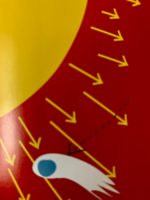
In fact, the word ‘comet’ comes from the Greek word meaning ‘head of hair.’ Whomever named comets as such thought that the tail of debris looked like hair! I just think it looks cool.
Here’s a great image below, chock full of info, compiled by Mike Hankey.
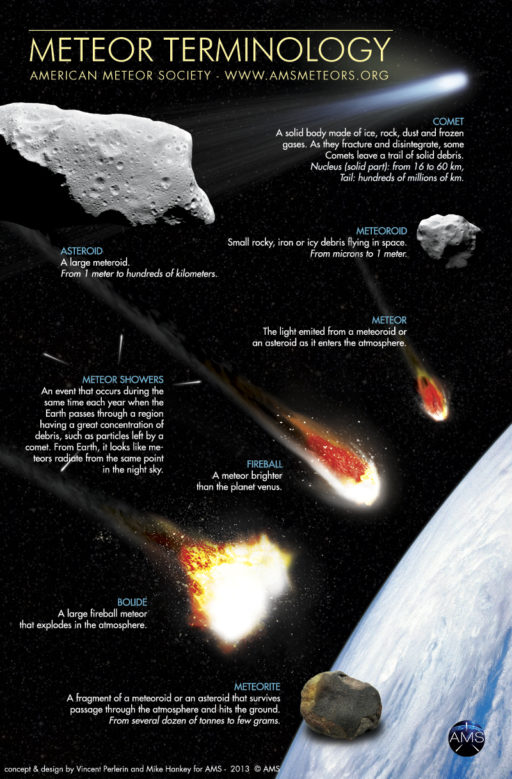
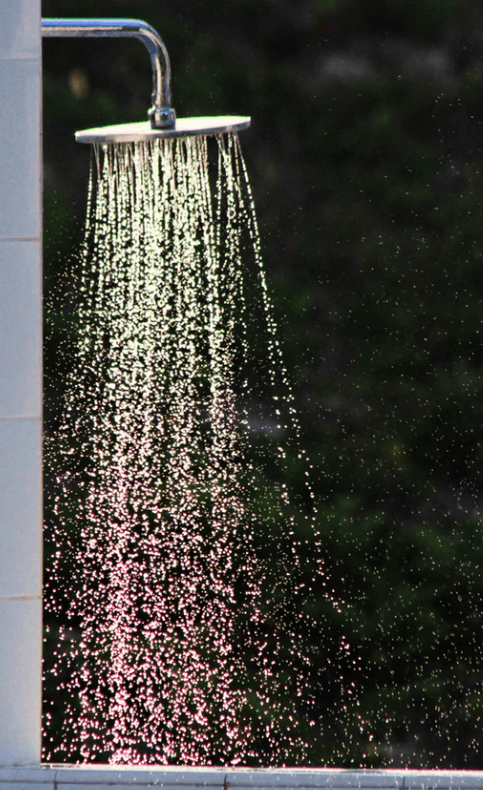
Now that we’ve covered the basic facts, let’s move on to the specific showers.
January 3-4, 2020 : Quadrantids Meteor Shower
Since there will be a quarter moon at the beginning of January, the sky will be darker. Obviously, this helps viewing in areas with more light pollution. (like where I am!) The Quadrantids are tricky because they only peak for a few hours. Not the best way to start the new year, with such a narrow window of opportunity. But if you’re up for it, hop outside any time after midnight on January 4th until dawn. Yes, it’s tougher to manage with winter cold. No judgment if you opt to stay inside.
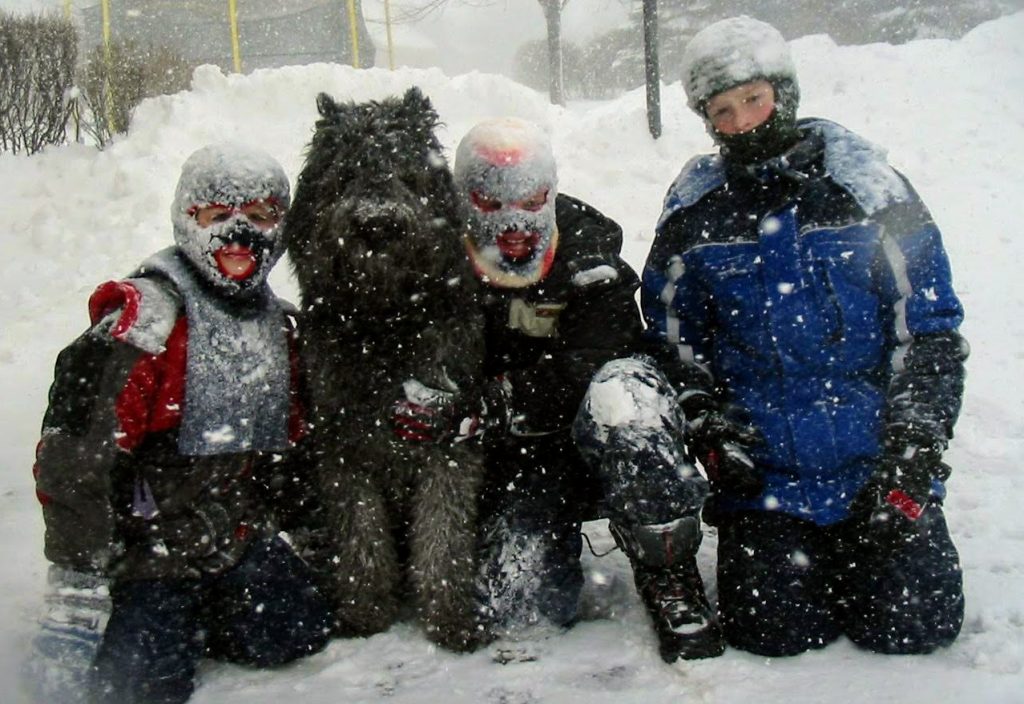
Bundle up and watch the 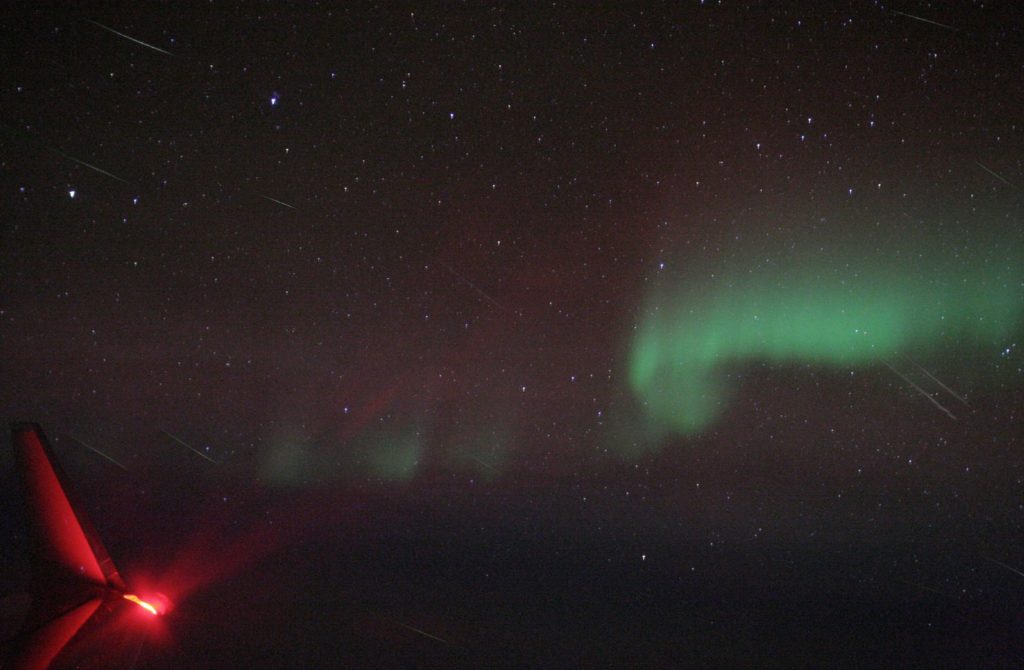
Quadrantids….or stay in and…. 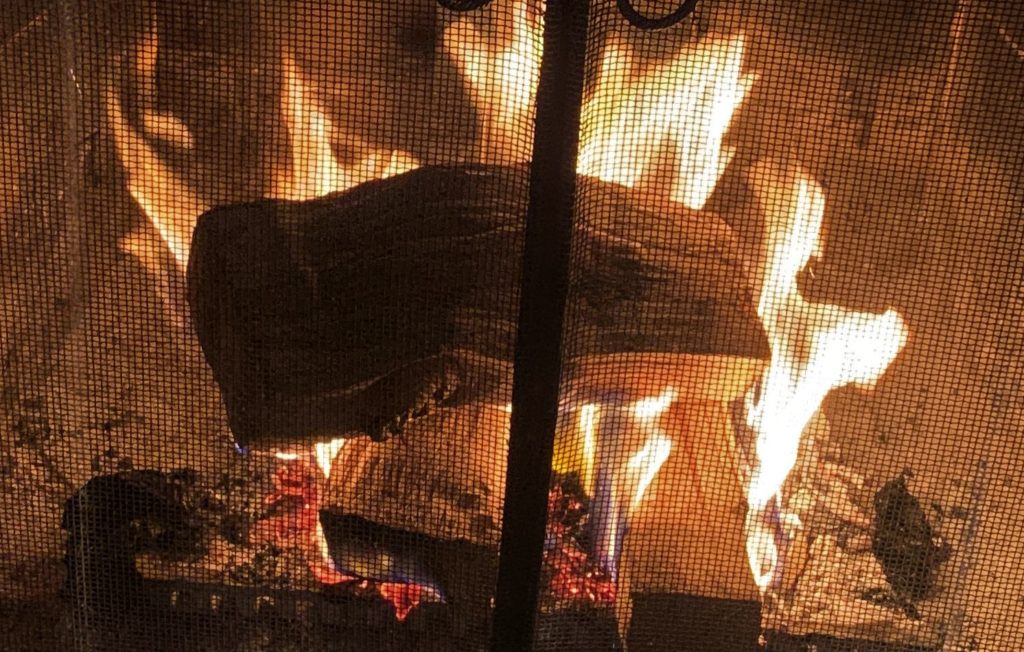
build a fire!
April 21-22, 2020 : Lyrids Meteor Shower
On April 21st, the moon will only be 1% full. That bodes well for viewing! Lyrids can produce showers for three nights but dawn on the 22nd is your best bet. Many science websites talk about how there is activity for three weeks, but I find it’s not all that worthwhile, unless you happen to be awake at 4 AM!
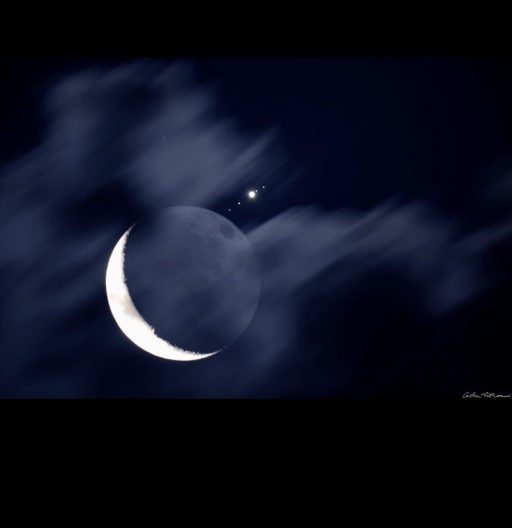
May 6-7, 2020 : eta Aquariids
This meteor shower is best viewed from the southern hemisphere. A good time to plan a trip to Cape Town! And yes, part of my reason to include this meteor shower is because I didn’t want to leave anyone out from the southern hemisphere. Plus I love the pic below and this was a perfect excuse to use it.
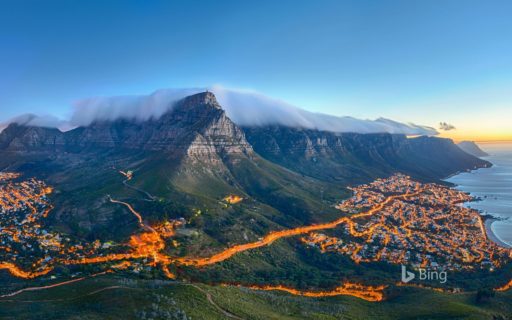
August 11-12, 2020 : Perseids Meteor Shower
The Perseids are associated with comet Swift-Tuttle. (Discovered independently by two guys…and I bet you can guess their names) As you know, we’re seeing the debris ejected from the comet as it makes its 133 year journey around our sun. Visibility is best in pre-dawn hours. For me, residing in the northern hemisphere, this one is easier to view, since lying in a hammock on a warm August night is ideal! (Small bit of hammock showing in first pic below!)
If you’re going to give this a go, go with the Perseids! In exceptional years, they produce 50-75 showers in an hour.
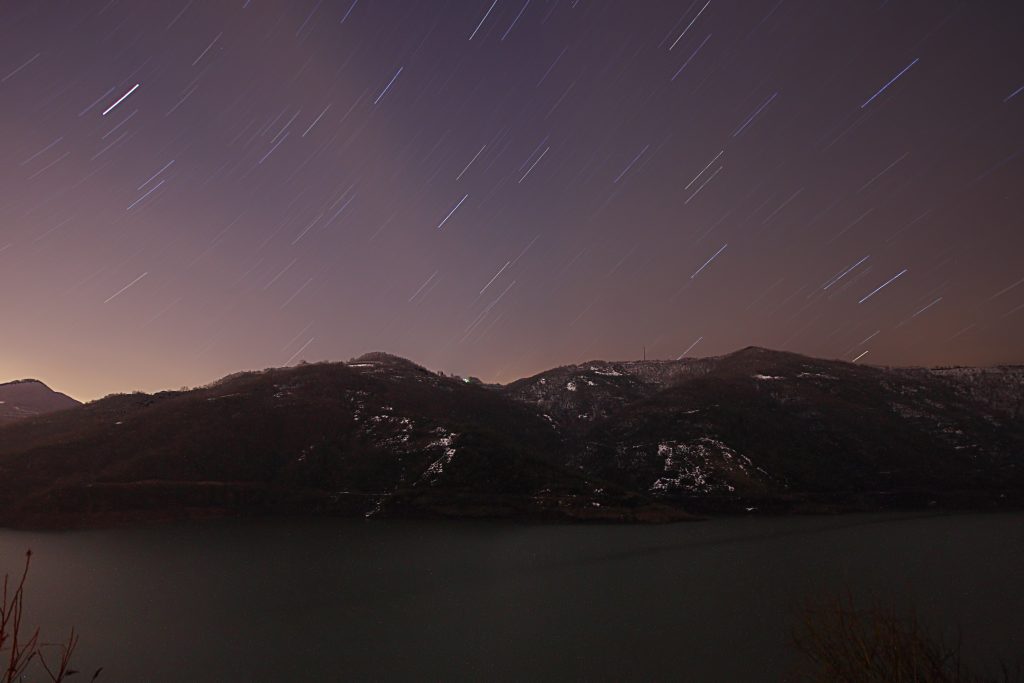
Perseids Time Lapse 
Hammock! 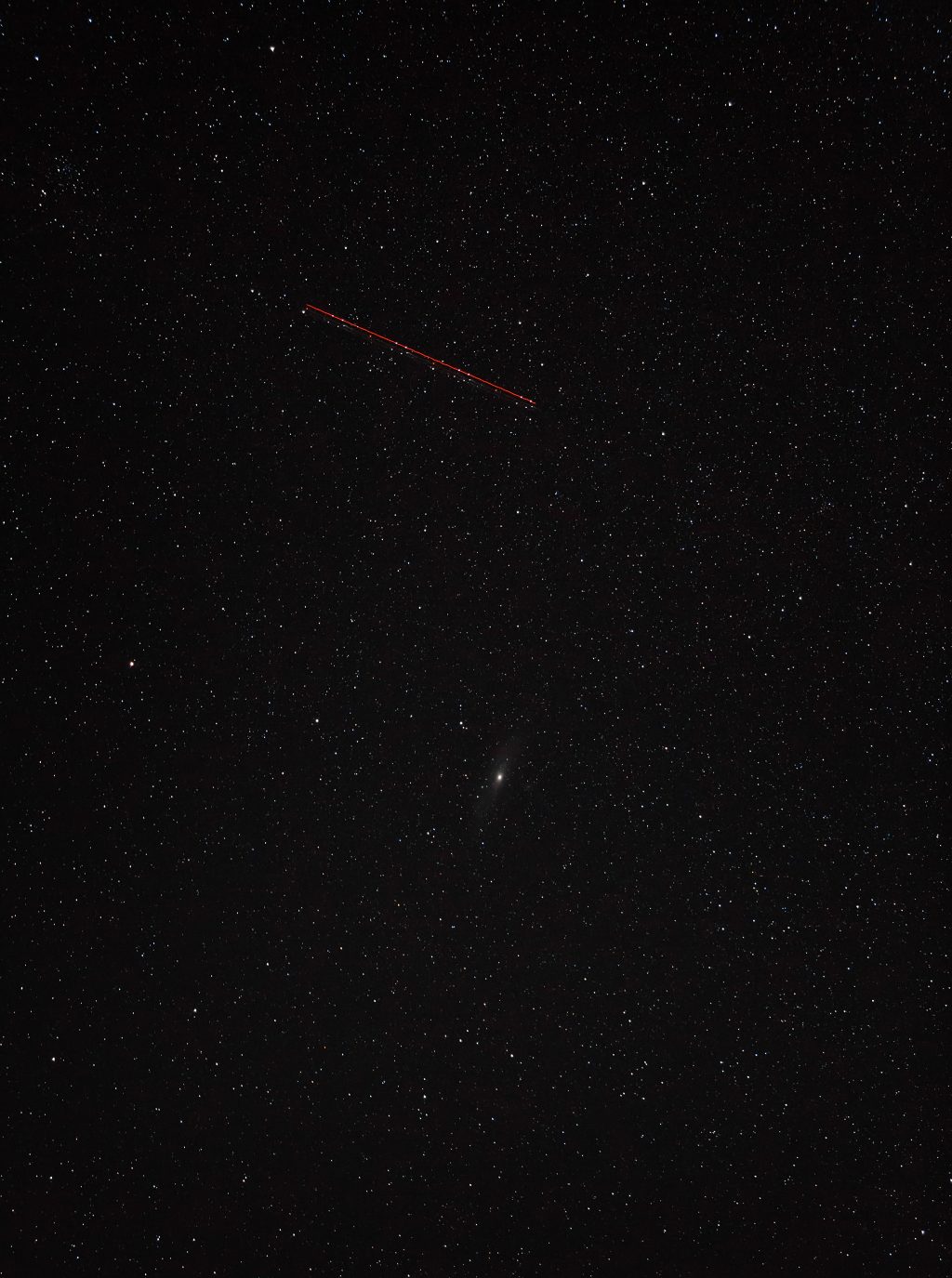
Gorgeous Trail 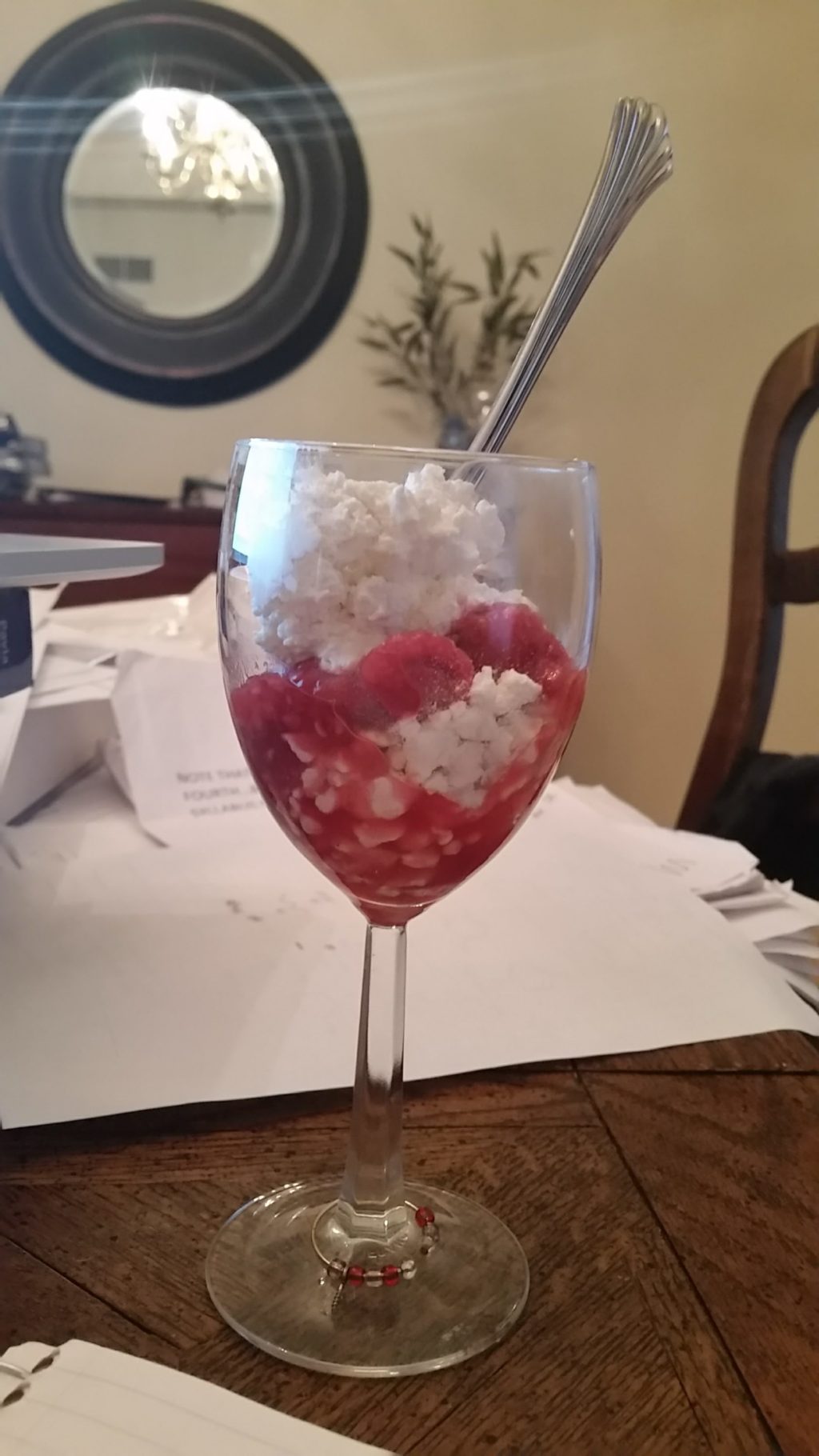
Great summer dessert
Each swing through the inner solar system can leave trillions of small particles in its wake. When Earth crosses paths with Swift-Tuttle’s debris, specks of comet-stuff hit Earth’s atmosphere and disintegrate in flashes of light. These meteors are called Perseids because they seem to fly out of the constellation Perseus.
— NASA
October 7-8, 2020 : Draconids
According to NASA, the Draconids are best viewed after sunset, so you won’t need to set an alarm! Comet 21P/Giacobini-Zinner (no need to remember this name, there won’t be a quiz at the end of the post) has an orbit of 6.6 years.
This comet orbits the sun more quickly than Jupiter (11.9 years), Saturn (29.5 years), Uranus (84 years), and Neptune (164.8 years)!
October 21-22, 2020 : Orionids
The moon will be 3/4 full so that will hamper viewing, but if it’s a lovely autumn night and the sky is clear, give it a try! It’s reliable and visible from both hemispheres.
Fun fact: This shower is from the famous Halley’s comet, which orbits the earth every 76 years. The debris from the comet enters our atmosphere at 41 mps. (that’s per second) Next pass of Halley’s comet is 2061.
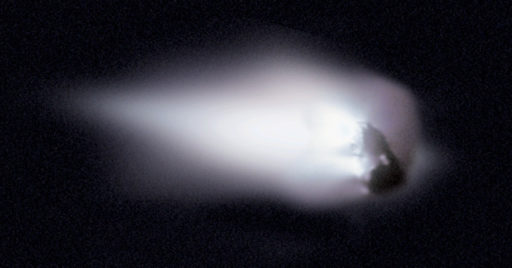
This photograph was taken in 1986, when a European spacecraft encountered and photographed the nucleus of a comet (Halley’s) for the first time. It was a big deal back then.
Image Credit: Halley Multicolor Camera Team, Giotto Project, ESA
December 13-14, 2020 : Geminids
This one frustrated me in 2019. Cloud cover impeded my viewing, so I am definitely adding December 13-14 , 2020 to my calendar. Several sources say the Geminids are the strongest meteor shower of the year. I’ve got my fingers crossed for clear skies. I don’t even care that the moon will be close to full!
I took the photo of a full moon below with my smartphone, eyeballing as I lined it up on my binoculars. This is not retouched. NOT easy. I have a lot of respect for night photographers! (No, I don’t qualify as one.)
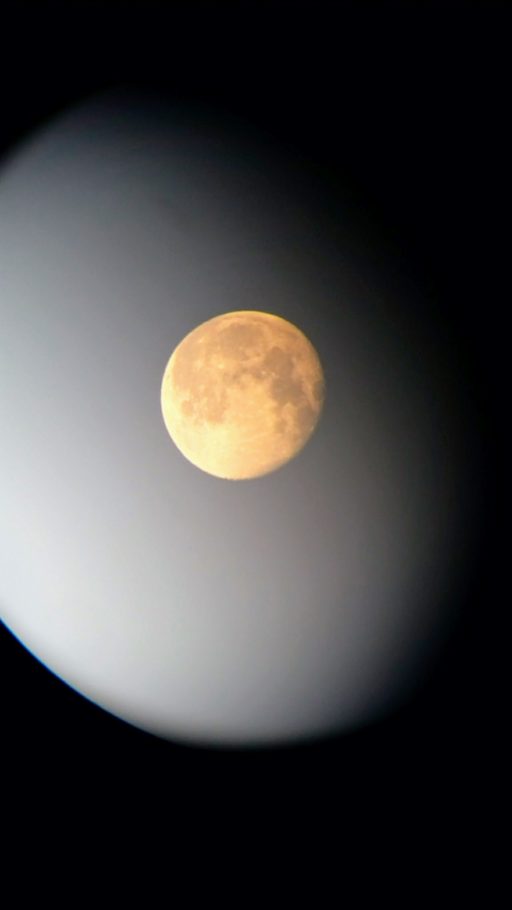
Watch for major activity at 10 pm and onward! The southern hemisphere can visualize the Geminids too, but after midnight.
December 21-22, 2020 : Ursid Meteor Shower
This meteor shower if often neglected due to its proximity to holidays. Plus, it has lower shower rates than the Geminids. But if you miss the Geminds (like I did in 2019) you can try again before the end of the year!
And since I’m writing this in 2019, you can bet I’ll be outside at 1 AM on December 22, 2019. Unless it’s cloudy.
The clouds below are beautiful…the first two images were taken by Astronaut Jessica Meir from the International Space Station. the third one was taken by me, on Lido Key, Sarasota.
Finally…here’s your list view of the more prolific meteor showers in 2020.
|
Shower Name |
Date of Maximum |
Rate/Hour |
Description |
|
Quatrintids |
January 3-4 |
60 |
Blue meteors with thin trains. Bright fireballs. |
|
Lyrids |
April 21-22 |
10-15 |
Bright fast meteors, not as many trains. Can produce fireballs! |
|
eta Aquariids |
May 6-7 |
35 |
Low in sky. Lots of trains. Associated with Comet Halley |
|
Perseids |
August 11-12 |
75 |
Many bright fast meteors with long trains. Associated with Comet Swift-Tuttle |
|
Draconids |
October 7-8 |
10 |
Associated with Comet 21/P Giacobini-Zimmer |
|
Orionids |
October 21-22 |
25 |
Fast with thin trains. Associated with Comet Halley (hm…two showers for one comet!) |
|
Geminids |
December 13-14 |
75 |
Usually strongest meteor shower of the year. Plenty of bright meteors b4 midnight. Few trains. |
|
Ursids |
December 21-22 |
5 |
Numbers are underwhelming on paper. But it’s the last chance of the year. Strictly northern hemisphere. |
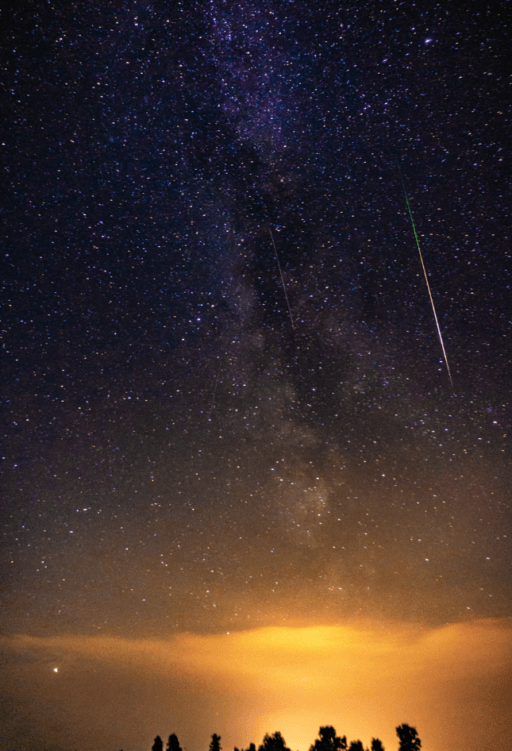
I hope you’ll join me and observe a few meteors streak across the night sky! Photos even like the gorgeous one above don’t do them justice. There’s nothing quite like seeing a meteor shower.
Check back in if you succeed! Or if you don’t!

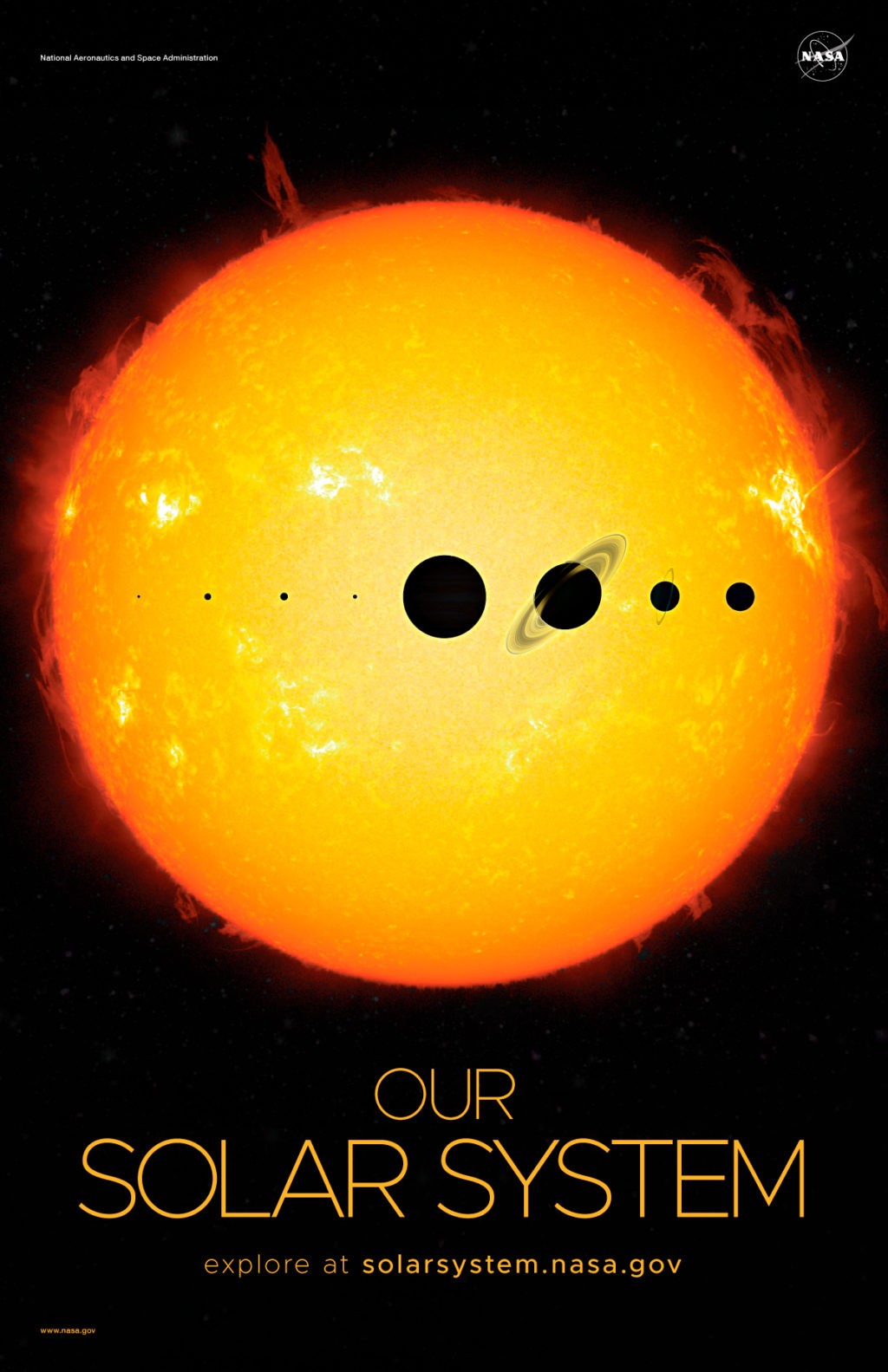
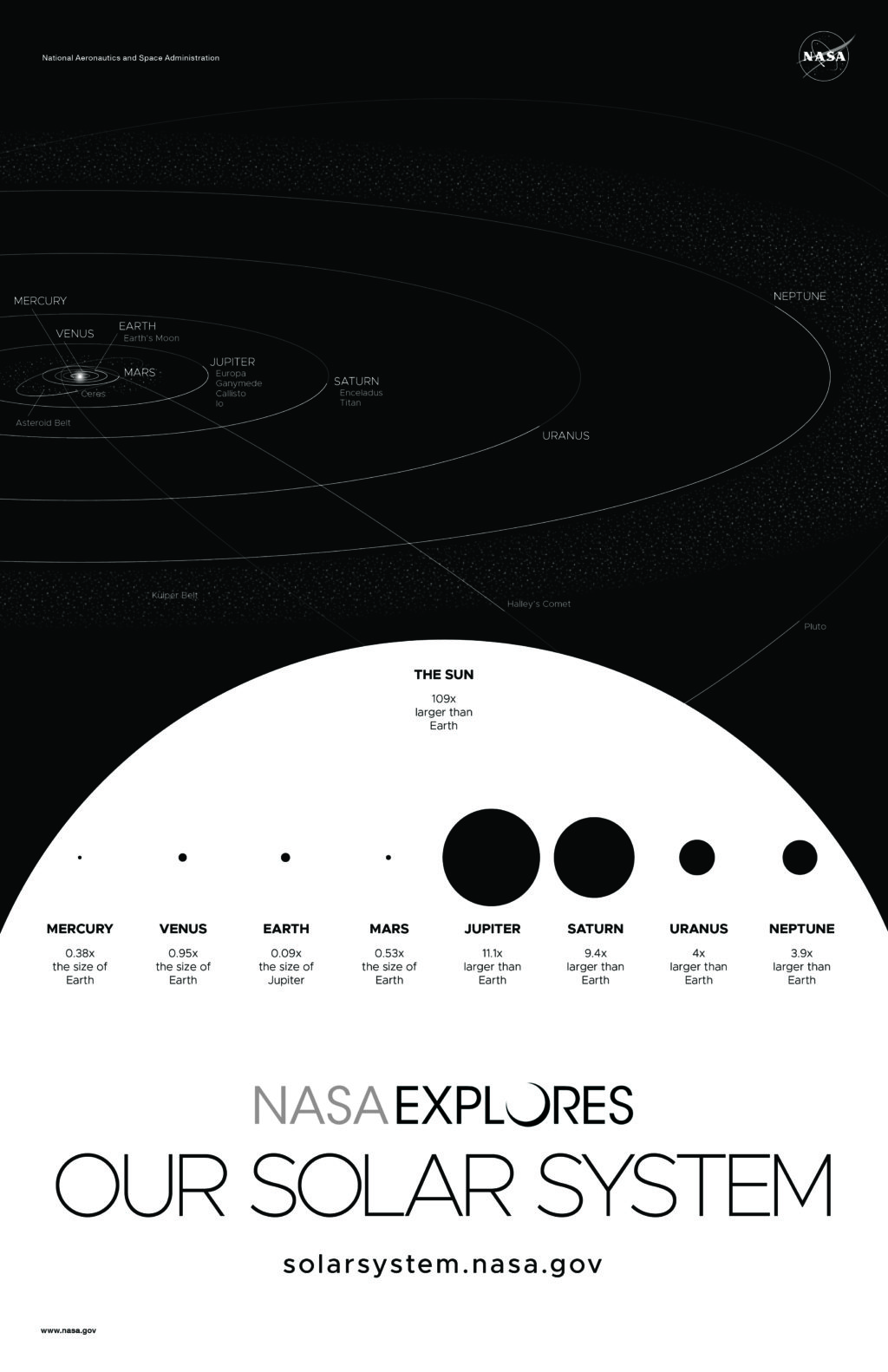


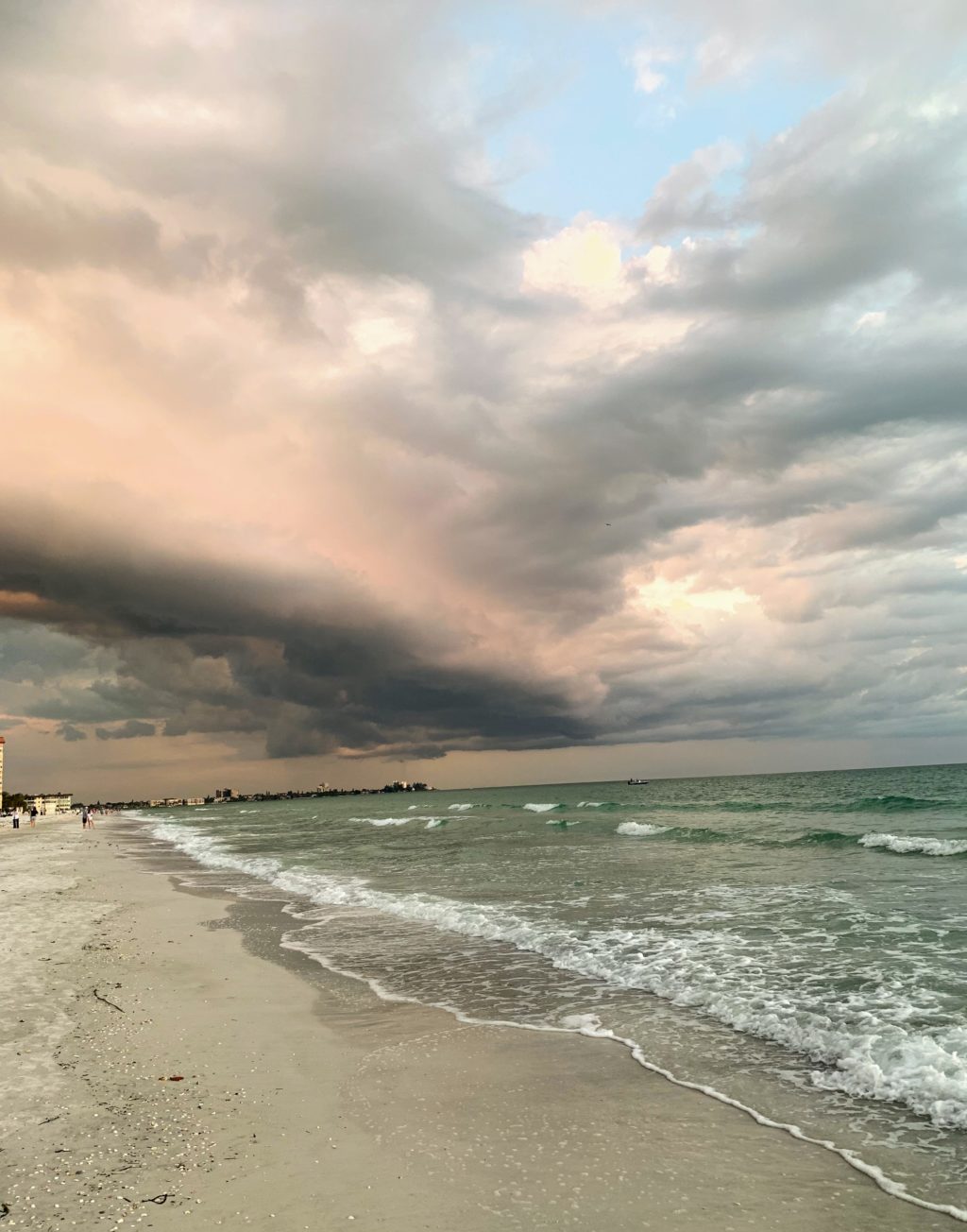





Great information, Sue. I hope you’ll send facebook reminders the night before an event. Happy viewing!
I usually tweet about upcoming showers but I’ll post on facebook, too. Good idea!